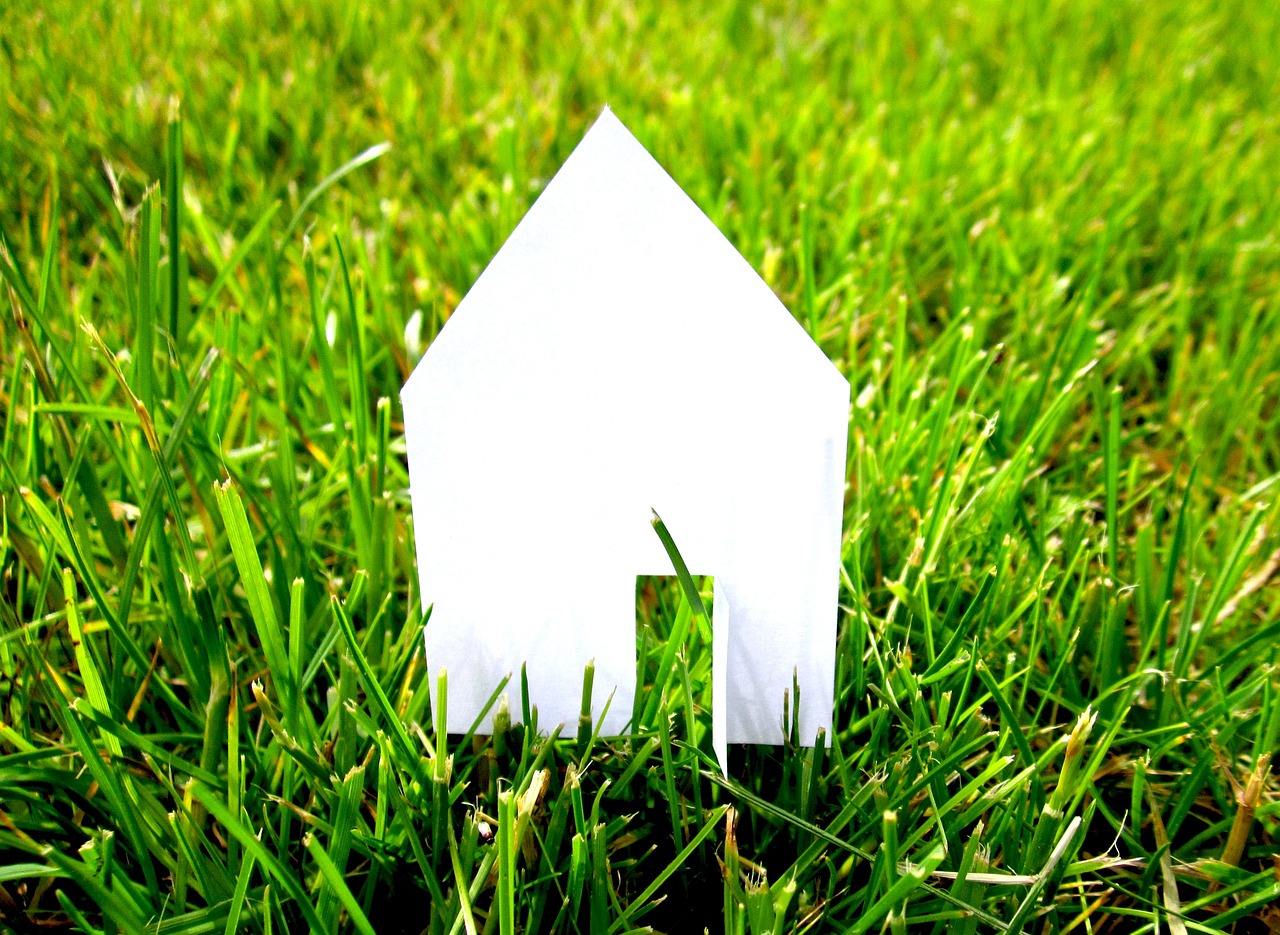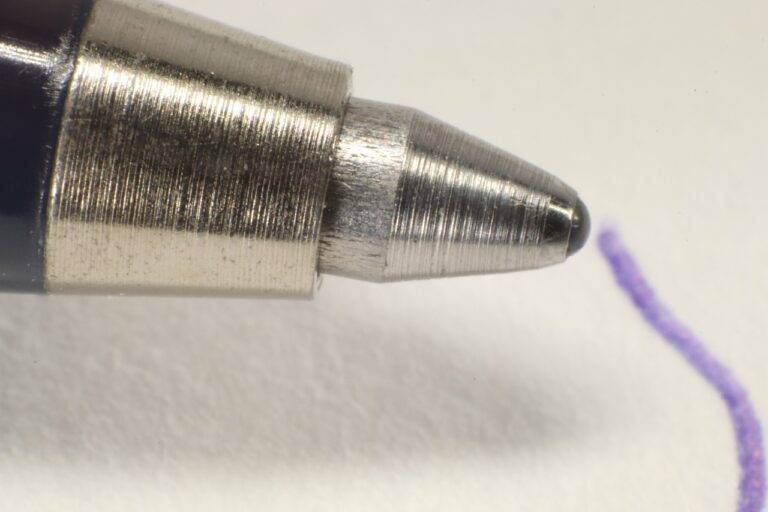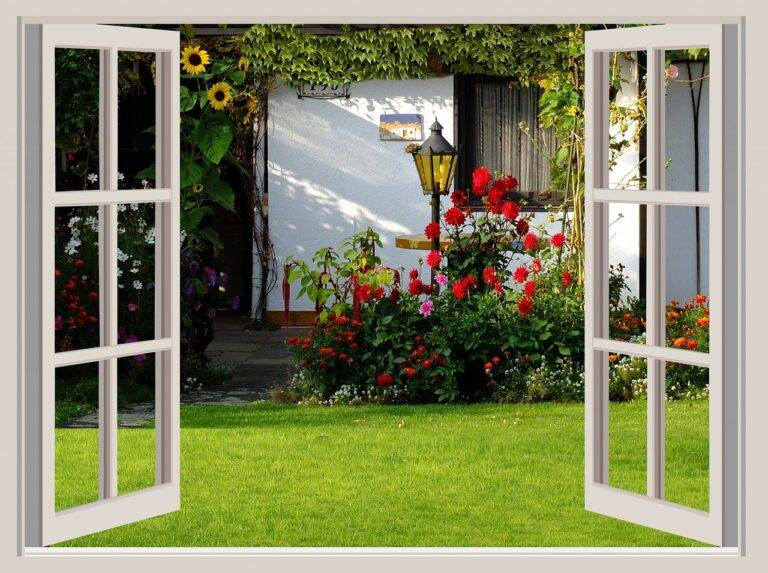The Resurgence of Terrazzo: Trendy Flooring and Decor Ideas
Terrazzo, with its origins dating back to ancient Egypt, has a rich history rooted in practicality and beauty. The technique of embedding small pieces of marble in mortar to create durable surfaces was utilized by ancient masons to repurpose leftover materials. Over time, this method evolved and spread throughout Europe, particularly becoming popular in Italy during the 15th century.
Italian craftsmen perfected the art of terrazzo, refining the technique to create intricate designs and patterns that adorned palaces, churches, and public spaces. The Venetians coined the term “terrazzo” deriving from the Latin word “terra,” meaning ground, as the flooring was traditionally installed on the ground level. This artistic flooring not only provided a decorative element but also served as a sustainable solution by utilizing recycled marble chips, contributing to the enduring popularity of terrazzo throughout history.
Benefits of Terrazzo Flooring
Terrazzo flooring offers a multitude of benefits that make it a popular choice for both residential and commercial spaces. One of the key advantages of terrazzo is its durability; this type of flooring is known for its longevity and ability to withstand heavy foot traffic without showing signs of wear. This makes it an excellent option for high-traffic areas such as lobbies, hallways, and retail spaces, where durability is essential.
In addition to its durability, terrazzo also offers a high level of versatility in terms of design. The material can be customized to create intricate patterns, colors, and designs, allowing for endless possibilities when it comes to enhancing the aesthetic appeal of a space. Whether you prefer a more traditional look or a modern, contemporary design, terrazzo can be tailored to suit your personal style and preferences.
Different Types of Terrazzo
Terrazzo flooring comes in various types, each with its own unique characteristics and advantages. One common type is epoxy terrazzo, which is known for its durability and flexibility in design. Epoxy terrazzo is made by mixing epoxy resin with a variety of aggregates such as marble, glass, or granite, resulting in a seamless and customizable flooring option.
Another popular type of terrazzo is cementitious terrazzo, which is a more traditional form of terrazzo that has been used for centuries. Cementitious terrazzo is made by mixing cement, water, and aggregates such as marble chips and can be poured in place or precast into tiles. This type of terrazzo is valued for its classic look and longevity, making it a timeless choice for both residential and commercial spaces.
What is terrazzo flooring made of?
Terrazzo flooring is made of marble, quartz, granite, glass, or other suitable materials mixed with a cement or resin binder.
How long has terrazzo been used as a flooring material?
Terrazzo has been used as a flooring material for over 500 years, originating in Italy during the 15th century.
What are the benefits of terrazzo flooring?
Some benefits of terrazzo flooring include durability, low maintenance, customizable designs, and sustainability.
What are the different types of terrazzo?
There are different types of terrazzo, including traditional terrazzo, seeded terrazzo, monolithic terrazzo, and rustic terrazzo.
What is seeded terrazzo?
Seeded terrazzo is a type of terrazzo where decorative aggregates are sprinkled onto a freshly poured concrete or resin base.
What is monolithic terrazzo?
Monolithic terrazzo is a type of terrazzo where the decorative aggregates are mixed throughout the entire thickness of the flooring, resulting in a seamless finish.
What is rustic terrazzo?
Rustic terrazzo is a type of terrazzo that has a more textured and uneven appearance, giving it a more natural and aged look.







